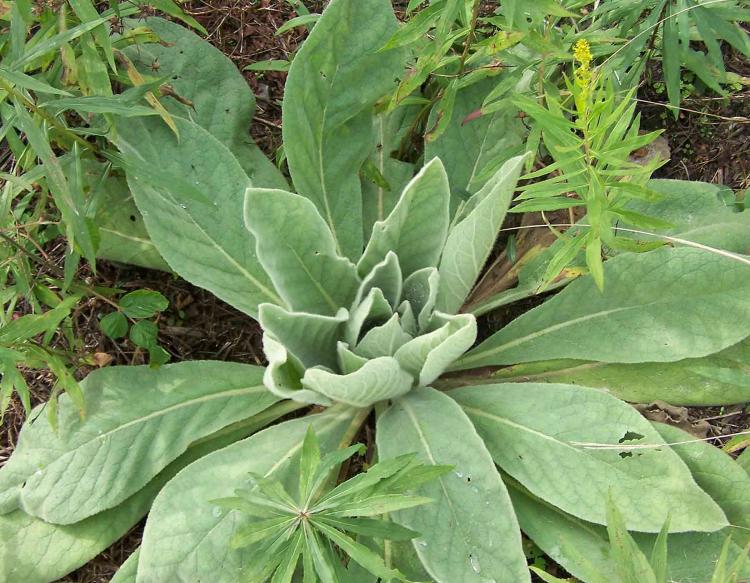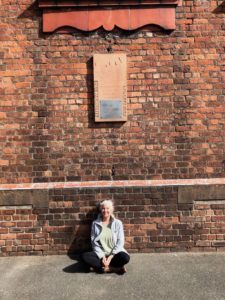My introduction to existentialism occurred in my senior year in high school, when my advanced French class read La Peste (The Plague) by Albert Camus. The novel explores the various ways in which people respond to crisis, specifically a plague that engulfs the coastal city of Oran in northern Algeria. At first, despite growing evidence that the illness is spreading, many people act as if the trouble is nothing much to worry about and will soon pass. They “disbelieved in the plague,” Camus writes. “They thought that everything still was possible for them; which presupposed that pestilences were impossible. How should they have given a thought to anything like plague, which rules out any future, cancels journeys, silences the exchange of views.” Eventually, the disease takes over and the gates of the city shut. By that time, the question of belief or disbelief has become absurd.
For the past few months I’ve been writing about Camus’s plague as a metaphor for how society is dealing with climate change. Now, all of a sudden, we have a real plague of our own as the world confronts the coronavirus. Author Nassim Nicholas Taleb would say that the coronavirus is a “black swan event.” That’s an event that comes very suddenly and unexpectedly and has a major impact, either positive or negative. Black swan events surprise you, throw you off balance, and often freak you out. In retrospect, pundits have plenty of opinions about why they happened, but while they’re occurring they have the power to knock our sensible responses aside, for it seems that all we can do is react.
So, now that the coronavirus has killed (at this writing) four people in the United States and more than 3,100 worldwide, how can we deal with this existential threat? How can we deal with this scary black swan? Here are a few suggestions:
- Moderate your portions of the news. How many times a day do you really need to update yourself on the latest morbidity numbers?
- Wash your hands.
- Don’t touch your face. (Turns out that’s a really difficult thing to do.)
- Never ignore an impulse to do something generous and unexpected for someone. You could be a little mini black swan, a most welcome one, in somebody’s day.
- Replace panic with curiosity. Notice how people are behaving in response to the virus and determine how you, personally, want to act.
- Laugh when you can. Here’s one slice of humor from outabouter.com—a comment from a pangolin, the animal from which the coronavirus apparently came… because some people want to eat it.
What I’m reading
After about thirty people told me I need to read The Overstory by Richard Powers, I finally started it on the long plane ride from Tel Aviv to Newark a couple of weeks ago. And, truly, it is wonderful, this novel about several people whose lives are shaped in one way or another by trees, such as art, science, activism, video game design, and a near-death experience. All these individual stories eventually intertwine. What is most amazing of all to me is that this book, which is:
- about how extraordinary trees are
- and in what complex ways they communicate with one another
- and are so beloved by humans
- and is a book written in language laced with poetry in every line
that such a book is a such a huge best-seller. That gives me more faith in humankind than just about anything I’ve experienced this year.
Savory Moment
During the first week of February, I was traveling in Jordan, Palestine, and Israel with a group of 91 other ecologists; spiritual leaders from many faiths, including indigenous spiritual traditions; social entrepreneurs; the prince of Ethiopia; ambassadors; filmmakers; and musicians. A hundred moments were memorable. One that continues to rise to the top is our stop on the border between Jordan and Palestine, before crossing the Jordan River into the ancient city of Jericho. We were detained for a couple of hours, and during that time, Pato Banton and Antoinette Rootsdawtah led some of us in making a music video about ending nuclear weapons. There we were in such a desolate place, where everyone who arrives is regarded with some suspicion, and as twilight fell over the land on both sides of the river, we were joyfully singing and moving in spirit!

